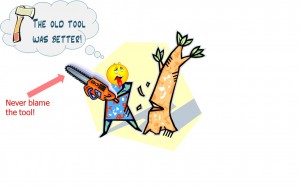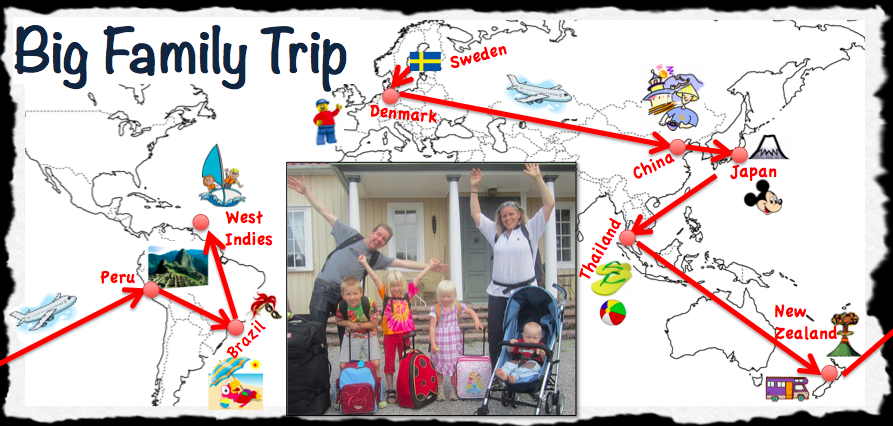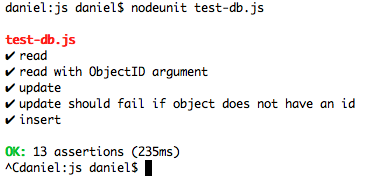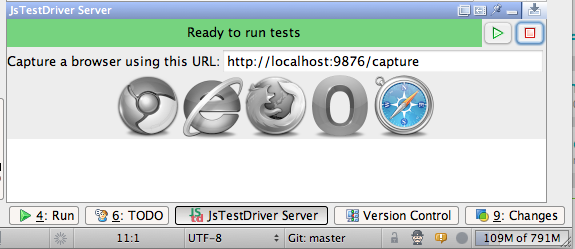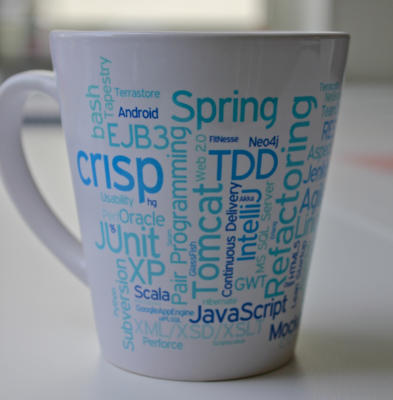There’s a lot that could be said about metrics. I’m quite skeptical in general in the value metrics gives you in product development or running a department/organization. At the same time I feel that metrics could help you understand the health and status of your group/organization or project, and to know the effects the changes you implement have on the performance. During the years I have used a lot of different software metrics, both targeting the product development performance and the code and design quality. Most of them have been quite complex, and they have in reality given me little value or understanding of how things really are working.
But I have also used a few ones that I feel has helped me see things during product development, metrics that says something about the performance and also direct you to possible improvement areas. Below I briefly describe a few ones that I like.
- The happiness and stress indexes tells you about the health of the team
- The code duplication and test coverage tells you about the health of the code base
- The release burn down and lead time tells you about the health of the project goal


